
How To Thoroughly Thin And Prune Zucchini Plants For A Lush Abundant Crop
Ready to play plant detective? Troubleshooting 11 Potential Zucchini Problems Seedlings Fail to Sprout Seedlings Fail to Thrive Leaves Curl or Become Deformed Leaves or Fruits Are Mottled or Distorted Parts of the Plant Are Wilting The Entire Plant Wilts Leaves Have Yellow Spots Turning Brown Leaves Have a Powdery Coating Flowers Fall Off the Plant

Floppy Zucchini Plants Why A Zucchini Plant Falls Over Zucchini plants, Garden vines, Plants
Zucchini leaves are quite tender and don't take long to cook. Avoid the older leaves. They tend to be a little tough and bitter. Choose spray free, homegrown or organically-grown leaves You never seem them at the shops and for sure you don't want to eat them if plants have been sprayed.
Help! My zucchini leaves turning yellow! We had a week of heavy rain & overcast weather and
The seeds should be planted about an inch (2.5 cm.) deep. Thin to one plant per spot once the seeds have sprouted and have grown their first set of true leaves. Zucchini Plants on a Hill After the chance of frost has passed, mound up soil about 6 to 12 inches (15-31 cm.) high and 12 to 24 inches (31-61 cm.) wide.
My Recession Kitchen...and garden Growing Zucchini
Planting basics Where to Plant Zucchini plants need to get at least six to eight hours of full sunlight a day. Plant them in a sunny location with plenty of room for the plant to grow. The variety of zucchini will determine how much space is needed per plant. Multiple plants can be spaced about 1.5 feet apart. When to Plant
:max_bytes(150000):strip_icc()/marrow-plant-112803355-5b1c2887fa6bcc003668ffe1.jpg)
17+ Stunning Planting Zucchini Seedlings Inspiratif Design
Zucchini is known to be staggeringly productive. But there are some pitfalls, such as poor pollination and pests, to avoid if you wish to have a prolific harvest. In our growing guide, we'll cover planting through harvesting and also share tips and tricks to sidestep common problems. About Zucchini

The leaves of my zucchini are looking a little rough. Any idea of what this is and if I should
1 Decide how you're going to start your zucchini. There are two general methods of propagating zucchini - either by planting seeds, or by purchasing a small pre-existing zucchini plant and transplanting it to your garden.
Is this normal? Yellow Zucchini plant has white markings on leaves, is doing well otherwise. r
The five steps for pruning zucchini plants are: Gather up your gear, including a good set of pruning shears. Remove the oldest zucchini leaves after the first fruits appear. Disinfect the pruning shears between each session. Keep removing leaves as the plant grows new sets. Cut off the ripe zucchini squash and some of the male flowers.

Pin on Veggie Garden.....maybe
Pests. One of the easiest ways to tell if you have something nibbling on your zucchini is if the leaves grow paler by the day. Most common zucchini and summer squash pests feast on the plant's sap, weakening it and causing the leaves to discolor. Squash bugs, aphids, spider mites and whiteflies are common squash pests that can damage leaves.
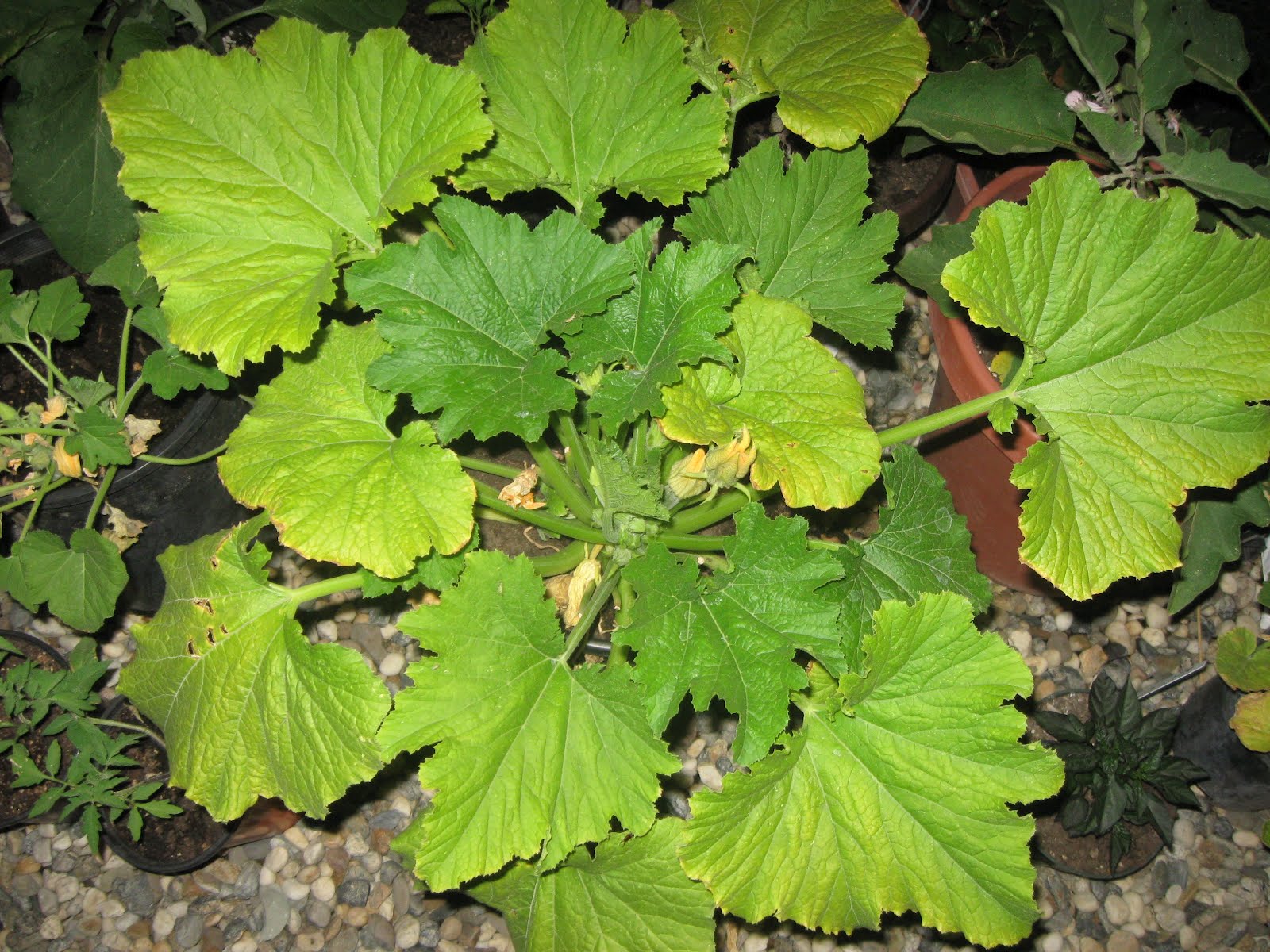
My First Garden Zucchini Plant Problems Help! Yellow Leaves, Yellow Fruit. What is wrong?
Powdery mildew loves warm, moist environments, so by cutting off the lowest leaves, more air is able to flow through the plant which will help to keep powdery mildew under control. Inspect for pests and diseases Pruning, particularly lift pruning, makes searching and finding pests much easier.
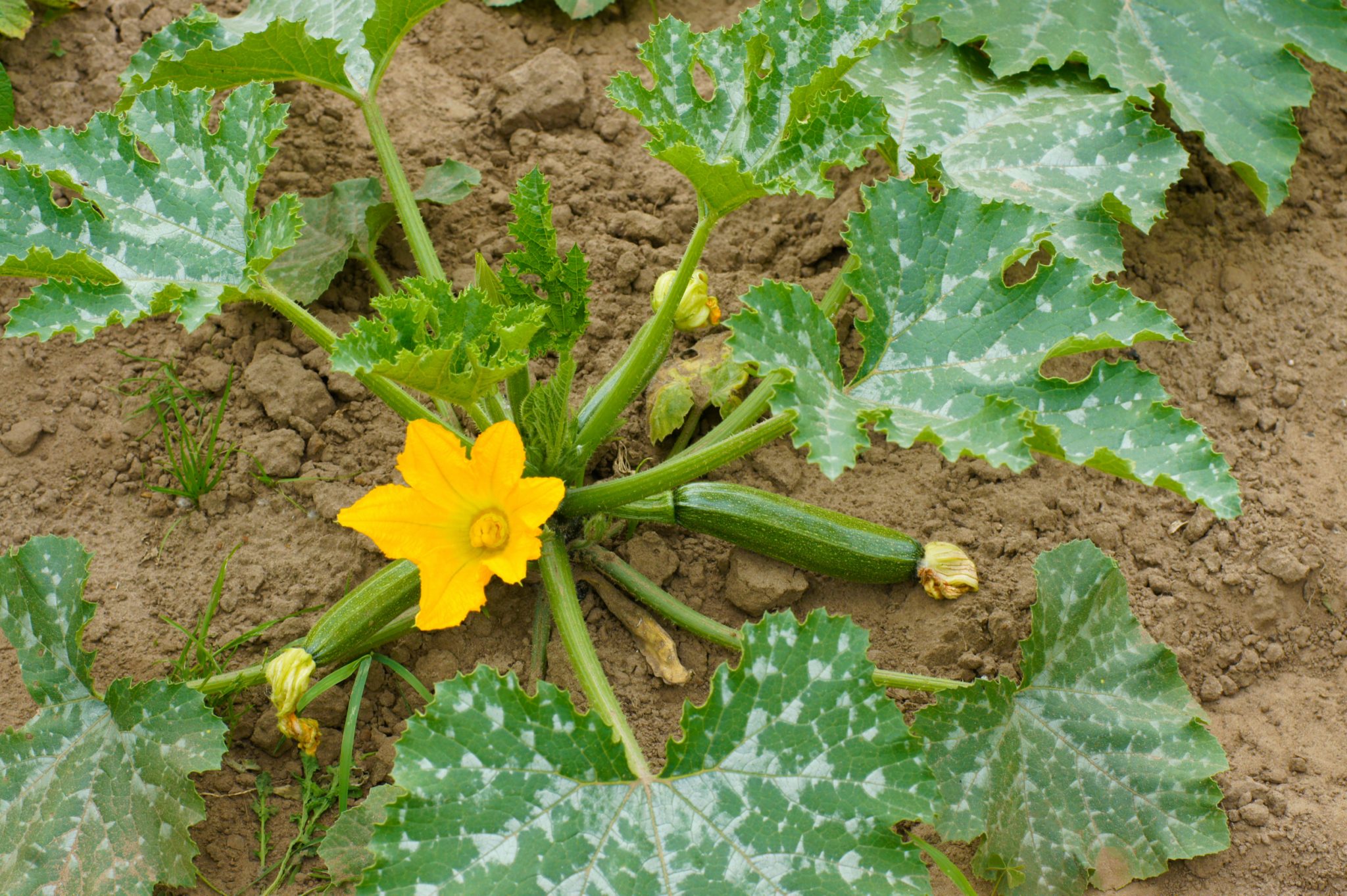
How to Grow Zucchini (Guide) InstallItDirect
Zucchini plants should only be pruned when there is an overgrowth of leaves. This is because the zucchini plant needs leaves to produce zucchini. It is recommended that gardeners prune the leaves underneath the first zucchini blossoms. This will promote proper fruit production while preventing plant diseases like powdery mildew.

"This is 1 GrowBox with 2 starter yellow zucchini plants that just took over. It's our 2nd year
Drought or Waterlogged Soil Waterlogged or overly dry soils can cause a number of problems with zucchini. Both may lead to yellowing and wilting. Heavy soils that don't drain readily become deprived of oxygen, which leads to wilting and yellowing foliage along with browning of leaves and stems.
What's happening to my zucchini plant? The leaves all have this silver. The plant flowers and
last updated April 06, 2021 Zucchini squash is easy to grow but its large leaves can quickly take up space in the garden and prevent fruits from receiving adequate sunlight. Although it's not required, pruning zucchini can help alleviate any overcrowding or shading issues. In addition, pruning can help stimulate additional zucchini growth.
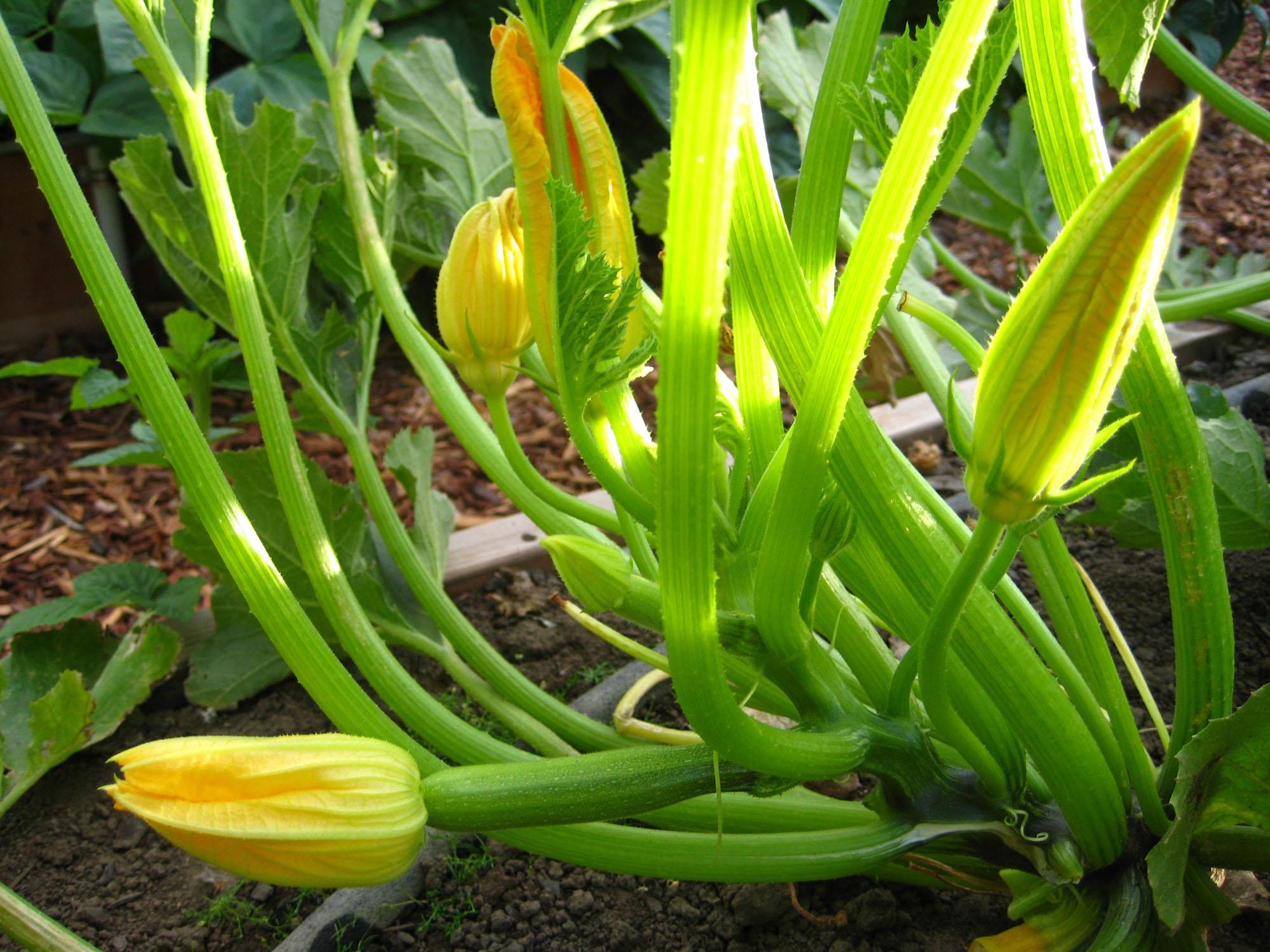
Gardening Zucchini plants still can be planted, but they will need plenty of watering amid heat
Vegetables Zucchini Varieties: 15 Different Types of Zucchini Cultivars You'll Love Zucchini is one of our favorite veggies to add to your garden. But picking the right type of zucchini can be a challenge if you aren't sure which one is the perfect fit for your garden.
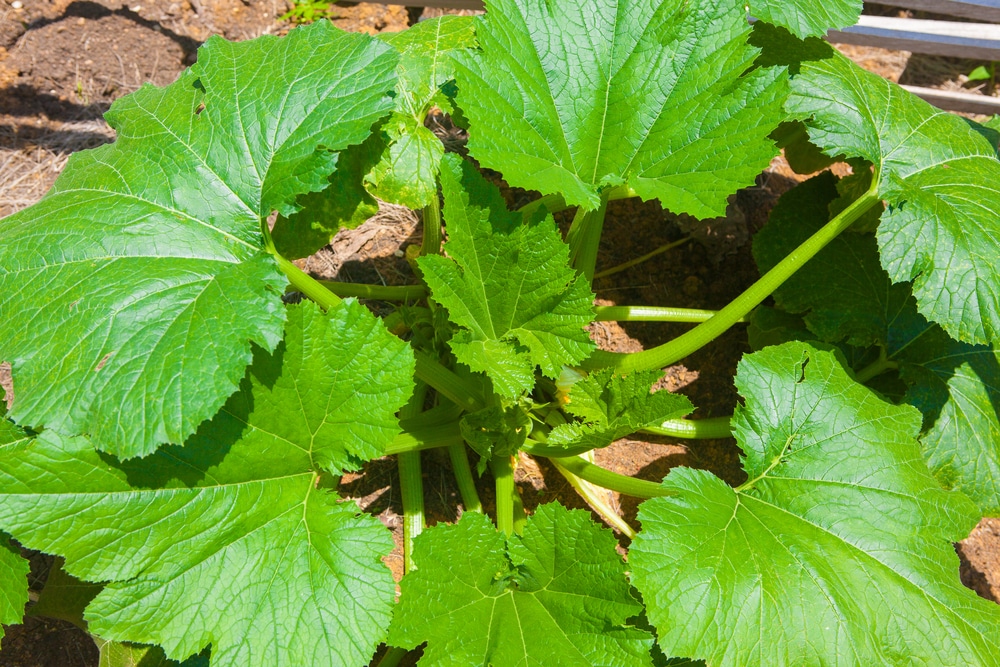
Zucchini Leaves » All the Top Tips & Facts
Seed Depth, Germination, and Spacing. A zucchini plant needs about 2-3 square feet of space to grow happily. Sow their seeds about ½" to 1" deep about 12 to 18" apart in all directions. It helps to seed a few extra plants and then thin out the weakest ones after germination.
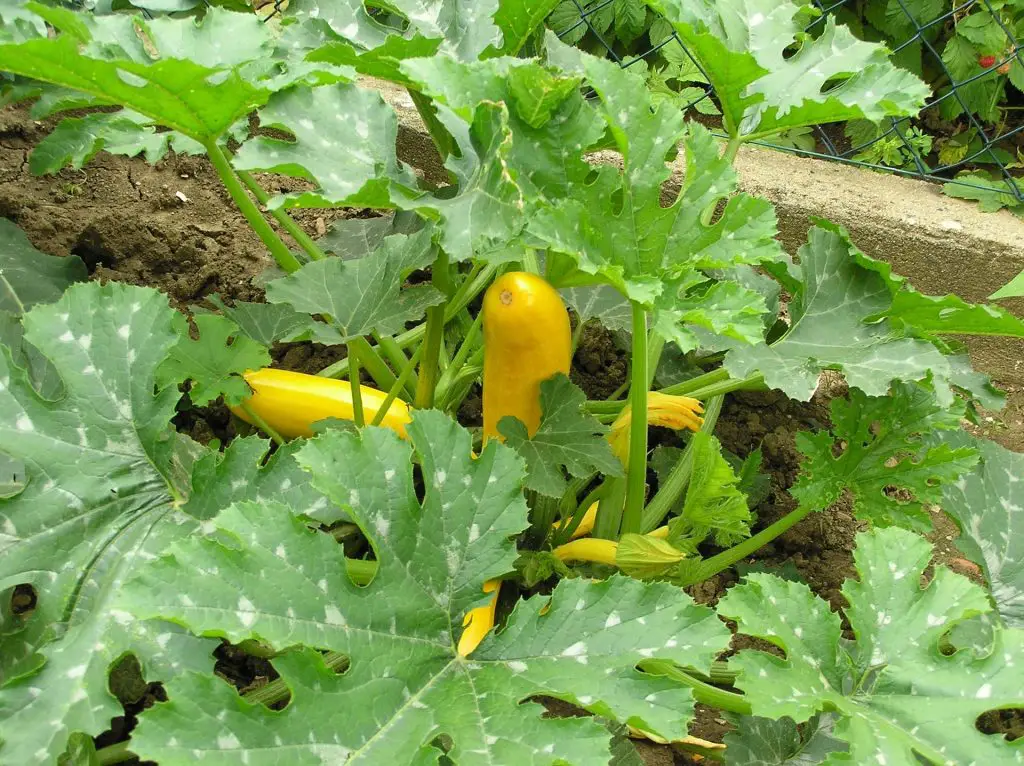
Most Common Zucchini Growing Issues and How to Solve Them
Zucchini needs about six to eight hours of full sun and consistently moist, fertilized soil. Here are five tips to help you get a more reliable harvest throughout the growing season from your zucchini plants. 01 of 05 Plant in 'Hills' The Spruce / K. Dave In gardening, the term "hill" refers to a raised mound of soil.
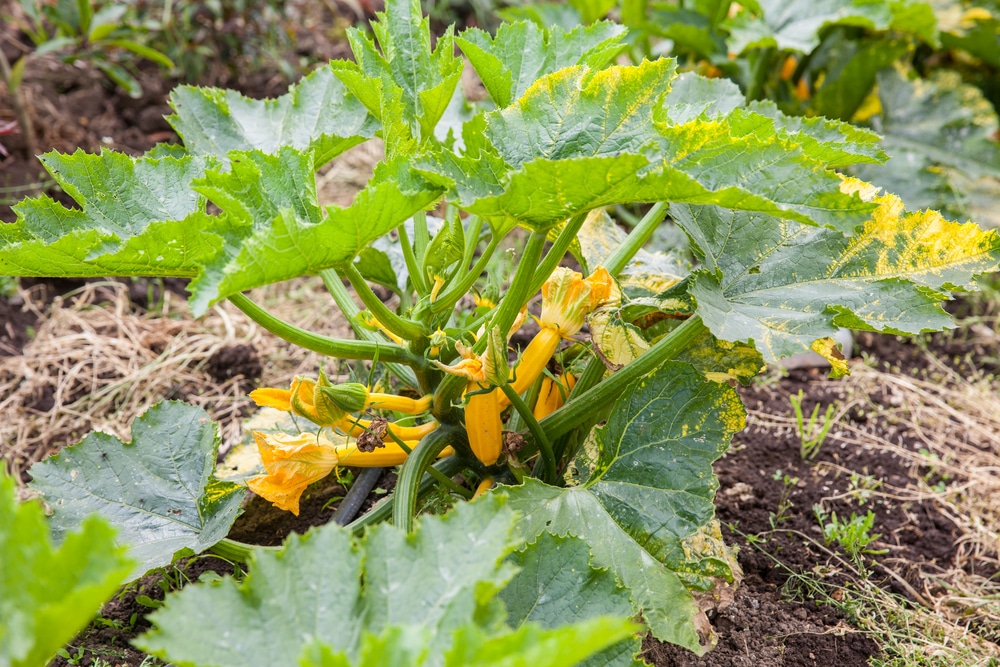
Zucchini Plants Turning Yellow, Oh My! » Causes & Solutions
1. Powdery mildew (Image credit: Getty Images) 'Probably the most common cause of white patches on zucchini leaves is powdery mildew,' says Angela. 'This is a fungus that attacks the leaves when the air is still and the plant is stressed so make sure you keep them well watered.' Powdery mildew gets its name from its appearance.